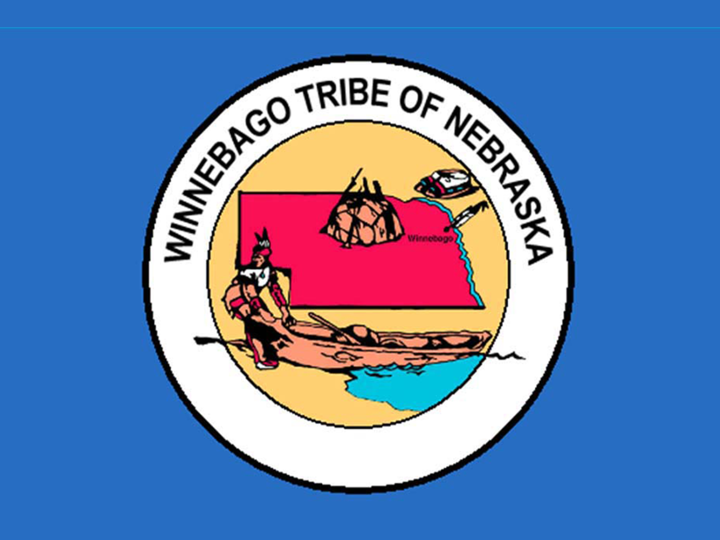North Dakota
North Dakota & South Dakota
Sisseton-Wahpeton Oyate
The Sisseton-Wahpeton Oyate is located in northeastern South Dakota and southeastern North Dakota. They are part of the eastern Dakota (Santee) division of the Sioux Nation. Historically, the Sisseton and Wahpeton bands lived in the woodlands of Minnesota, engaging in a mix of hunting, gathering, and agriculture. They were forced to leave their ancestral lands following the U.S.-Dakota War of 1862, eventually settling on the Lake Traverse Reservation. Today, the Sisseton-Wahpeton Oyate is focused on economic development and cultural preservation. They operate several enterprises, including the Dakota Magic Casino. Education is a key priority, with the tribe operating the Sisseton Wahpeton College, which provides higher education opportunities while promoting Dakota language and culture. The Sisseton-Wahpeton Oyate is actively involved in language revitalization efforts, developing Dakota language immersion programs for children and offering language classes for adults. Environmental stewardship is another focus area, with the tribe operating natural resource management programs and working to restore native prairie ecosystems on their lands.
Visit Official Website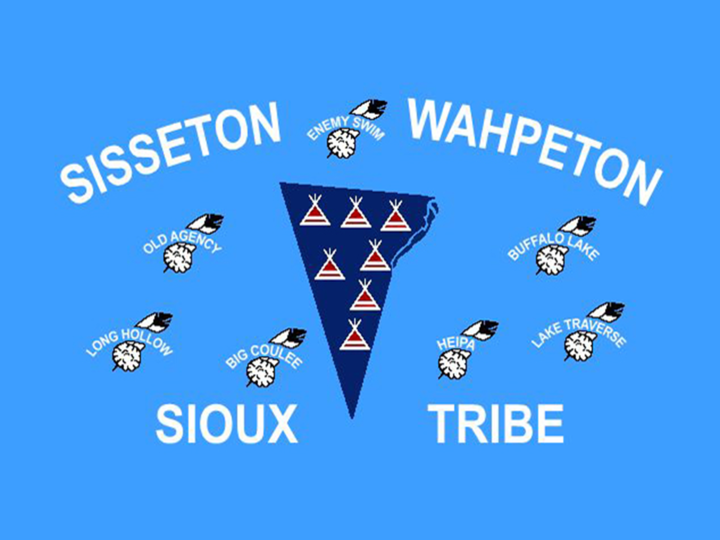
North Dakota
Spirit Lake Tribe
The Spirit Lake Tribe, formerly known as the Devil's Lake Sioux Tribe, is located in east-central North Dakota. They are part of the Dakota subgroup of the Sioux Nation, with historical ties to the Sisseton Wahpeton Oyate. Their reservation was established in 1867 following the Dakota War of 1862, which resulted in the forced relocation of many Dakota people from Minnesota to Dakota Territory. In recent years, the Spirit Lake Tribe has been working on various initiatives to improve life on the reservation and preserve their cultural heritage. They operate numerous programs aimed at community development, including a Central Repository Project, Community Nourishment program, and COVID-19 Emergency Response Suicide Prevention efforts. The tribe places a strong emphasis on education and youth development, running an Early Childhood Tracking program and working closely with local schools. Environmental stewardship is another key focus, with the tribe operating a Tribal EPA office and a Water Resource Management program.
Visit Official Website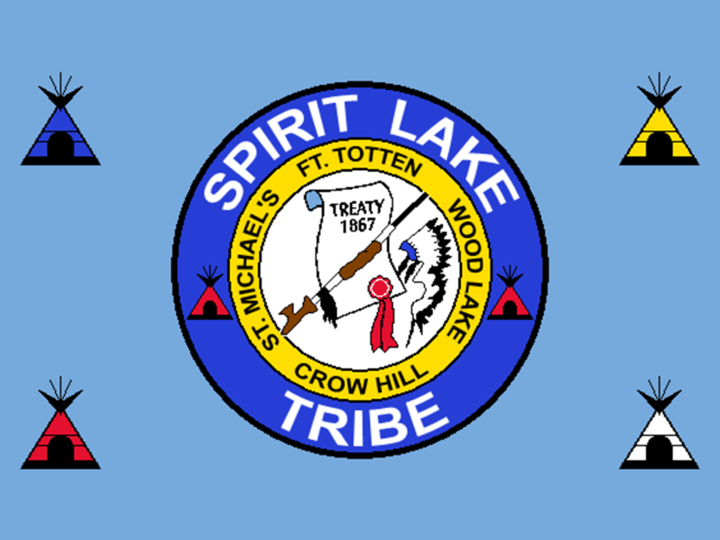
North Dakota & South Dakota
Standing Rock Sioux Tribe
The Standing Rock Sioux Tribe is a federally recognized tribe with a reservation straddling the border of North and South Dakota. Part of the Lakota people, one of the three major divisions of the Great Sioux Nation, they have a rich history of resilience and cultural preservation. The tribe gained international attention in 2016-2017 for their opposition to the Dakota Access Pipeline, which became a rallying cry for indigenous rights and environmental protection worldwide. Today, the Standing Rock Sioux Tribe focuses on various initiatives to improve life on the reservation. They operate a small transit program, primarily geared towards tourism at their casino near Fort Yates, and are working on improving their transportation infrastructure. Education is a priority, exemplified by their operation of Sitting Bull College, which provides higher education opportunities for tribal members while promoting Lakota culture and language.
View Official Website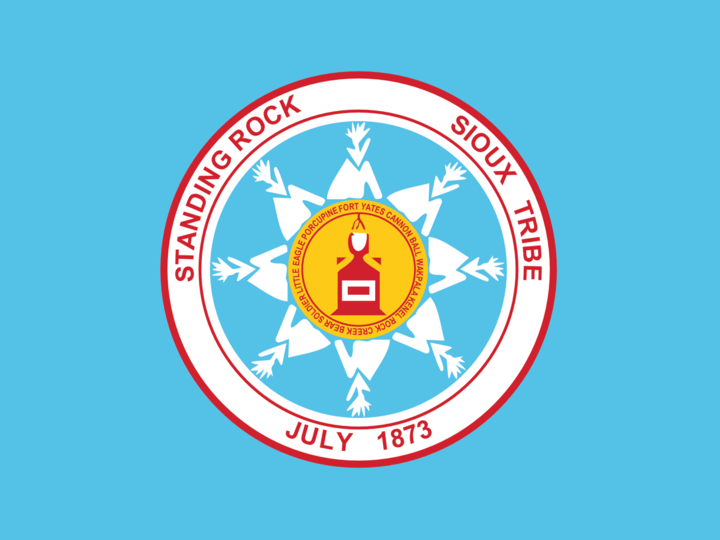
North Dakota
Three Affiliated Tribes (Mandan, Hidatsa, and Arikara Nation)
The Three Affiliated Tribes, also known as the Mandan, Hidatsa, and Arikara Nation (MHA Nation), are located in North Dakota. Their history is unique in that it represents the coming together of three distinct tribal groups. Originally separate tribes living along the Missouri River, they joined forces in the late 18th century after being decimated by smallpox epidemics. A significant event in their recent history was the construction of the Garrison Dam in the 1950s, which flooded much of their most fertile land along the Missouri River, forcing many tribal members to relocate. Today, the MHA Nation is focused on economic development and cultural preservation. They have benefited from oil development on their lands, which has brought significant revenue to the tribe, but also challenges including environmental concerns and rapid social change. The tribe operates numerous programs to support their members, including health services, education initiatives, and social services. They place a strong emphasis on preserving their languages and cultural traditions, with programs dedicated to teaching these to younger generations.
Visit Official Website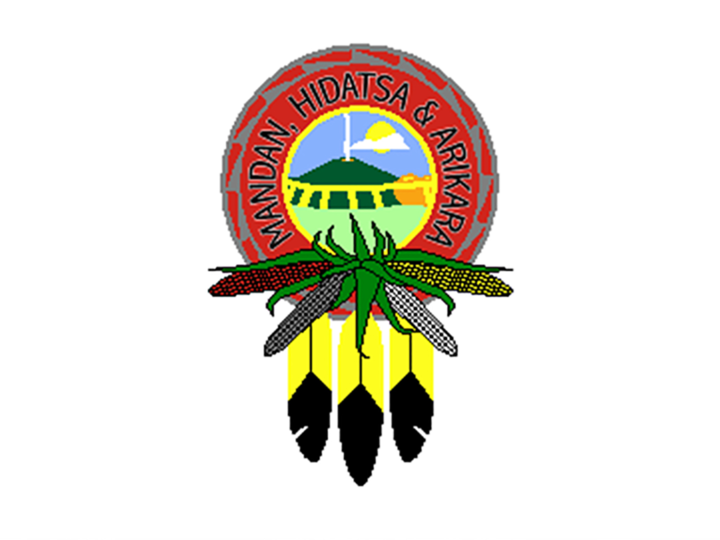
North Dakota
Turtle Mountain Band of Chippewa Indians
The Turtle Mountain Band of Chippewa Indians is located in north-central North Dakota. Their history is deeply rooted in the Anishinaabe (Ojibwe) people who migrated westward from the Great Lakes region in the 18th and 19th centuries. The tribe's reservation was established in 1882 and significantly reduced in size in 1884 to its current 6x12 mile area. Despite this loss of land, the Turtle Mountain Band has maintained a strong cultural identity and connection to their traditional ways of life. In recent years, the tribe has focused on economic development and cultural preservation. They operate the Sky Dancer Casino & Resort, which provides employment opportunities and revenue for tribal programs. The tribe is also actively working to revitalize their language, Ojibwemowin, through immersion programs and community classes. The Turtle Mountain Band is known for their unique blend of Ojibwe and Métis cultures, reflected in their traditional arts such as beadwork and music.
Visit Official Website
South Dakota
South Dakota
Cheyenne River Sioux Tribe
The Cheyenne River Sioux Tribe is located in South Dakota and is part of the Lakota subgroup of the Sioux Nation. Their reservation was established in 1889 when the Great Sioux Reservation was divided into smaller reservations. A significant event in the tribe's recent history was the construction of the Oahe Dam in the 1950s and 1960s, which flooded over 104,000 acres of the tribe's most fertile lands and forced the relocation of 30% of the tribal population. Despite this setback, the tribe has shown remarkable resilience. Today, the Cheyenne River Sioux Tribe is focused on economic development, cultural preservation, and improving life on the reservation. They operate several enterprises, including a casino and hotel. The tribe places a strong emphasis on education and youth development, operating their own school system and promoting higher education among tribal members. Environmental stewardship is another key focus, with the tribe maintaining a free-ranging bison herd that plays an important role in both their cultural traditions and efforts to restore the prairie ecosystem.
Visit Official Website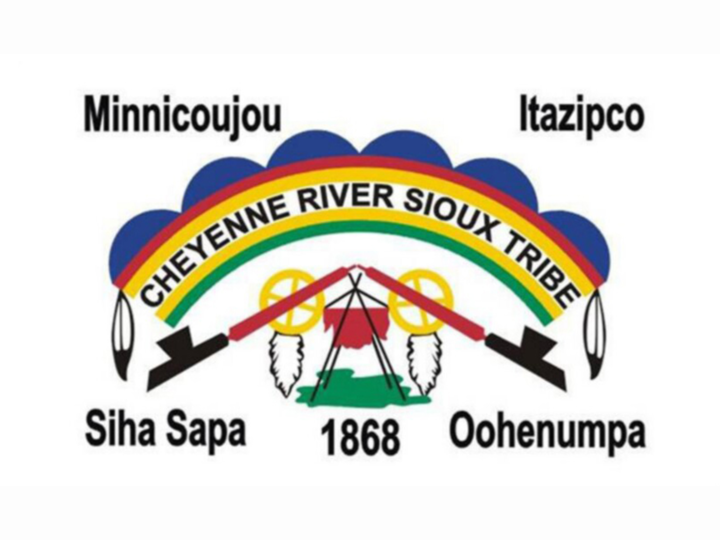
South Dakota
Crow Creek Sioux Tribe
The Crow Creek Sioux Tribe is located in South Dakota and is part of the Sioux Nation. Their reservation was established in 1863, making it one of the older reservations in the state. The tribe has a rich history and has faced numerous challenges over the years, including land loss and forced assimilation policies. Today, the Crow Creek Sioux Tribe is focused on economic development and cultural preservation. They operate several programs aimed at improving life on the reservation, including initiatives in education, healthcare, and housing. The tribe also places a strong emphasis on preserving their language and cultural traditions, with programs dedicated to teaching these to younger generations. Environmental stewardship is another key focus for the tribe, with efforts to protect and preserve their natural resources.
Visit Official Website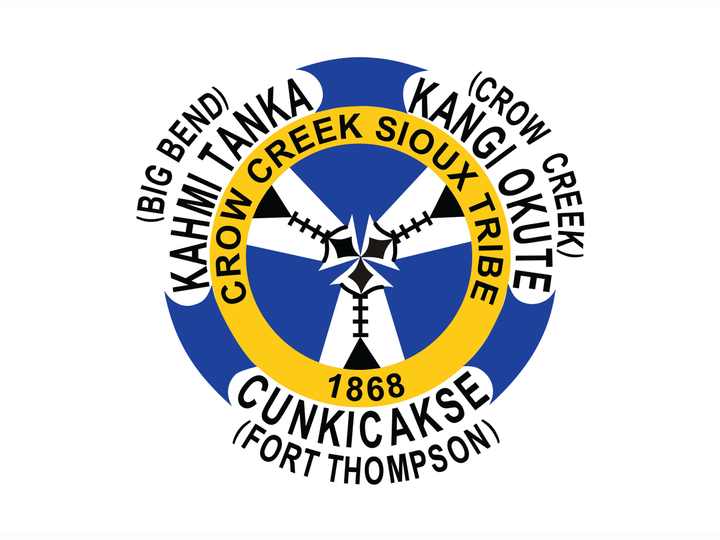
South Dakota
Flandreau Santee Sioux Tribe
The Flandreau Santee Sioux Tribe is located in Moody County, South Dakota. They are descendants of the Mdewakantonwan, Wahpekute, and Wahpeton bands of Dakota people who were forcibly removed from Minnesota following the U.S.-Dakota War of 1862. In 1869, a group of these Dakota people left the Santee Sioux Reservation in Nebraska and established a community along the Big Sioux River in South Dakota. They purchased land and became the first Dakota group to receive U.S. citizenship. Today, the Flandreau Santee Sioux Tribe operates several successful enterprises, including the Royal River Casino & Hotel. They are actively working to preserve their language and culture through various educational programs and cultural events. The tribe is also involved in renewable energy initiatives, having installed solar panels on tribal buildings to reduce energy costs and promote sustainability. They continue to advocate for their sovereignty and the rights of indigenous peoples.
Visit Official Website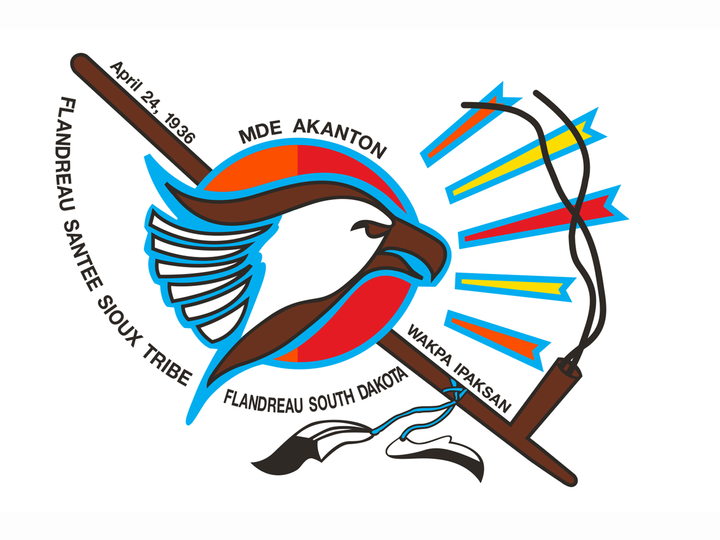
South Dakota
Lower Brule Sioux Tribe
The Lower Brule Sioux Tribe is located along the Missouri River in central South Dakota. They are part of the Lakota people and have a long history of resilience in the face of challenges posed by westward expansion and federal policies. The Lower Brule Reservation was established in 1889 when the Great Sioux Reservation was divided. In recent years, the Lower Brule Sioux Tribe has focused on economic development and cultural preservation. They operate the Golden Buffalo Casino and Resort, which provides employment opportunities and revenue for tribal programs. The tribe is also involved in agricultural enterprises, including a farm and ranch operation. The tribe is working to revitalize their language and cultural practices through various educational initiatives. They have also been involved in efforts to protect sacred sites and advocate for environmental conservation along the Missouri River. The Lower Brule Sioux Tribe has been at the forefront of innovative economic ventures, including the development of a popcorn business that has gained national recognition.
Visit Official Website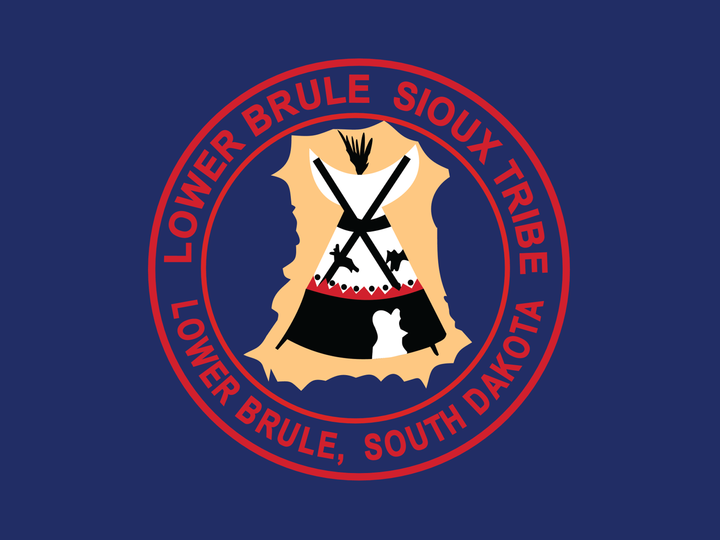
South Dakota
Oglala Sioux Tribe
The Oglala Sioux Tribe, also known as the Oglala Lakota Nation, is located on the Pine Ridge Reservation in southwestern South Dakota. They are one of the largest sub-tribes of the Lakota people, with a rich history of resistance and cultural preservation. Historically, the Oglala were renowned for their horsemanship and warrior culture. They played a significant role in the resistance against American westward expansion, including the Battle of Little Bighorn in 1876. Today, the Oglala Sioux Tribe faces significant challenges, including high rates of poverty and unemployment. However, they are actively working to improve conditions on the reservation and preserve their culture. The tribe operates Oglala Lakota College, which provides higher education while promoting Lakota language and culture. They are also involved in various economic development initiatives, including exploring renewable energy projects such as wind and solar power. Cultural preservation is a key focus, with programs to teach the Lakota language and traditional practices to younger generations.
Visit Official Website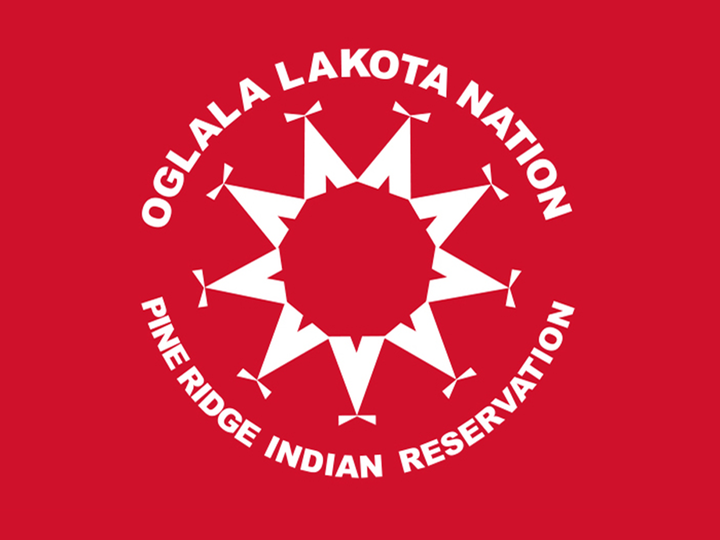
South Dakota
Rosebud Sioux Tribe
The Rosebud Sioux Tribe, also known as the Sicangu Lakota, is located on the Rosebud Indian Reservation in south-central South Dakota. They are part of the Lakota division of the Great Sioux Nation. The Rosebud Reservation was established in 1889 when the Great Sioux Reservation was divided. Today, the tribe is focused on economic development, cultural preservation, and improving life on the reservation. They operate several enterprises, including the Rosebud Casino, which provides employment opportunities and revenue for tribal programs. The tribe places a strong emphasis on education and youth development, operating the Sicangu Lakota College, which provides higher education while incorporating Lakota culture and language into its curriculum. Environmental stewardship is another key focus, with efforts to restore the buffalo to their lands. The Rosebud Sioux Tribe is also known for its innovative approaches to healthcare, operating a comprehensive system that blends Western medicine with traditional Lakota healing practices.
Visit Official Website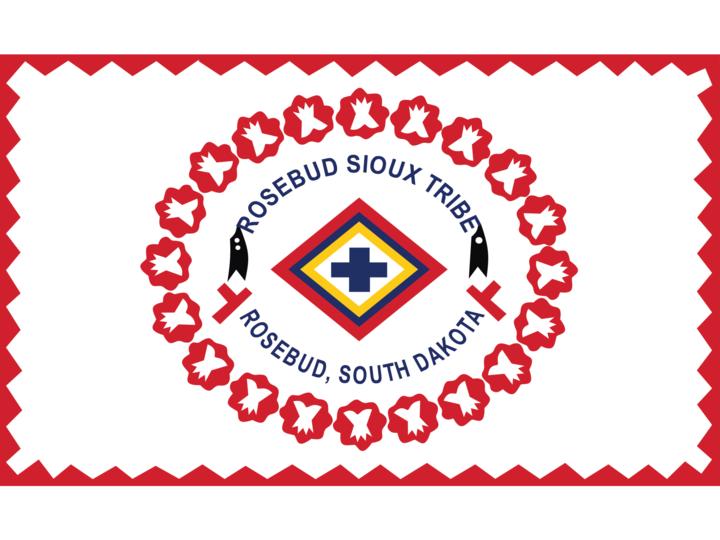
South Dakota
Yankton Sioux Tribe
The Yankton Sioux Tribe, also known as the Ihanktonwan Dakota Oyate, is located in southeastern South Dakota. They are part of the Nakota (Yankton) division of the Great Sioux Nation. The Yankton Sioux played a significant role in early U.S. history, including participating in the Lewis and Clark expedition. They signed the Yankton Treaty of 1858, which ceded much of their land but established their current reservation. Today, the Yankton Sioux Tribe is working on various initiatives to improve life on the reservation and preserve their cultural heritage. They operate the Fort Randall Casino & Hotel, which provides employment opportunities and revenue for tribal programs. The tribe places a strong emphasis on education and youth development, running various educational programs and scholarships. Environmental protection is a key concern, with the tribe involved in legal battles to protect their water rights and opposing projects they believe threaten their natural resources. The Yankton Sioux Tribe is also working to revitalize their traditional governance structures, exploring ways to incorporate traditional Dakota decision-making processes into their modern tribal government.
Visit Official WebsiteNebraska
Nebraska & Iowa
Omaha Tribe of Nebraska
The Omaha Tribe of Nebraska has a reservation located in northeastern Nebraska and western Iowa. The Omaha people have a rich history dating back centuries, with their traditional lands spanning the Missouri River valley. Historically, the Omaha were a semi-nomadic people known for their complex social structure, including a unique clan system. The Omaha Reservation was established in 1854 through a treaty with the U.S. government. Today, the Omaha Tribe is focused on economic development, cultural preservation, and improving life on the reservation. They operate several enterprises, including CasinOmaha, which provides employment opportunities and revenue for tribal programs. The tribe places a strong emphasis on education and youth development, running various educational programs and scholarships. Environmental stewardship is another key focus, with efforts to restore native plant species and protect their natural resources. The Omaha Tribe is also working to revitalize their language, developing language programs and incorporating Omaha language instruction into their schools.
Visit Official Website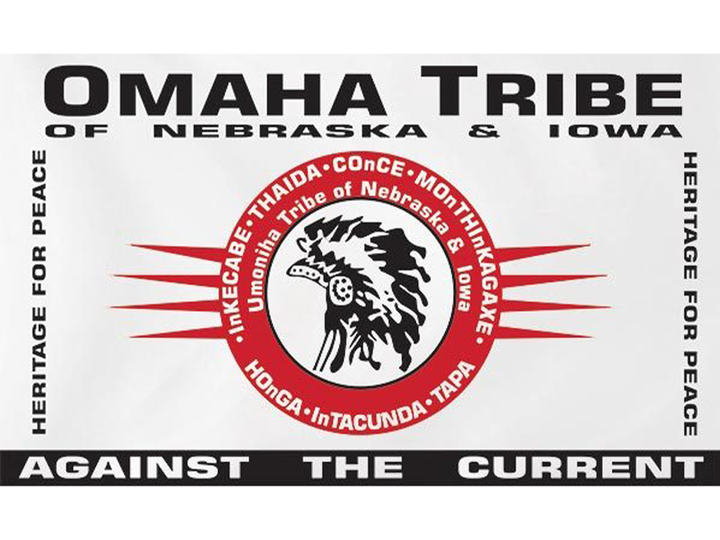
Nebraska
Ponca Tribe of Nebraska
The Ponca Tribe of Nebraska has a unique history among federally recognized tribes. They were terminated as a tribe in 1962 but regained federal recognition in 1990. The Ponca are not based on a single reservation but instead have service areas across several counties in Nebraska, Iowa, and South Dakota. Historically, the Ponca lived along the Niobrara River in present-day Nebraska and were known for their agricultural practices. In the late 19th century, they were forcibly removed to Indian Territory (present-day Oklahoma), an event known as the Ponca Trail of Tears. Today, the Ponca Tribe of Nebraska is focused on rebuilding their nation and preserving their cultural heritage. They operate various social service programs, including healthcare, housing assistance, and educational support for tribal members. The tribe has been actively working to reclaim their ancestral lands, including the reacquisition of 1,800 acres of their traditional homeland along the Niobrara River in 2018. Economic development is a key priority, with the tribe operating several enterprises, including the Prairie Flower Casino in Carter Lake, Iowa. The Ponca are also involved in environmental conservation efforts and cultural preservation initiatives.
Visit Official Website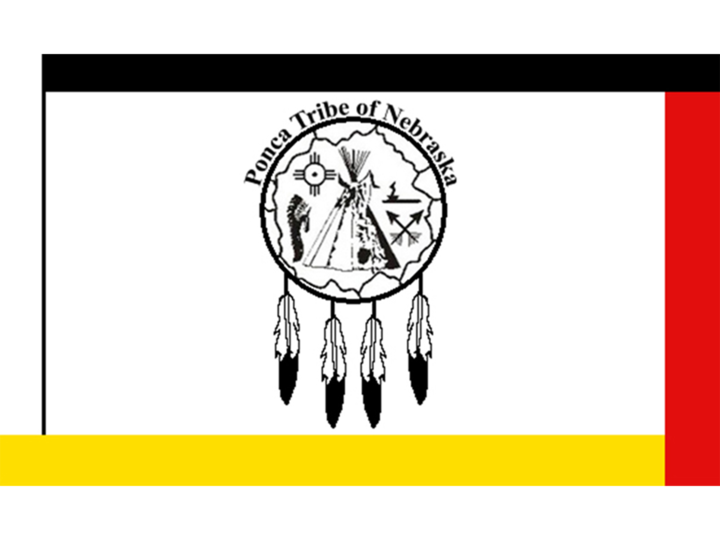
Nebraska
Santee Sioux Nation
The Santee Sioux Nation, also known as the Santee Dakota, is located in northeastern Nebraska. They are part of the eastern Dakota (Santee) division of the Sioux Nation. The Santee Sioux originally lived in the woodlands of Minnesota but were forced to relocate to Nebraska following the U.S.-Dakota War of 1862. The Santee Reservation was established in 1863. Today, the Santee Sioux Nation is working on various initiatives to improve life on the reservation and preserve their cultural heritage. They operate the Ohiya Casino & Resort, which provides employment opportunities and revenue for tribal programs. Education is a key priority for the tribe, with the operation of the Nebraska Indian Community College, which provides higher education opportunities while promoting Dakota language and culture. The Santee Sioux Nation is actively involved in language revitalization efforts, developing Dakota language programs and working to incorporate language instruction into their schools and community programs. Environmental stewardship is another focus area, with the tribe operating natural resource management programs and exploring renewable energy projects as a means of promoting sustainability and economic development.
Visit Official Website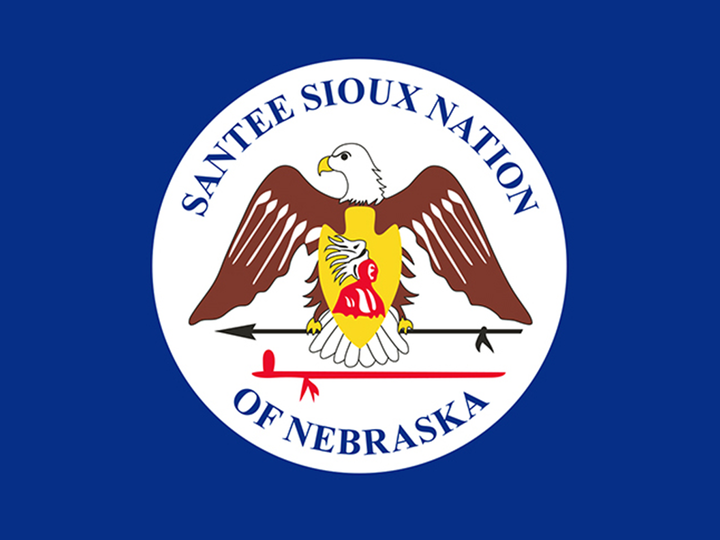
Nebraska
Winnebago Tribe of Nebraska
The Winnebago Tribe of Nebraska is in northeastern Nebraska. The Winnebago have a rich history that includes multiple forced relocations before settling in their current location. Originally from the Great Lakes region, the Winnebago were moved to several different locations in the 19th century before establishing their current reservation in Nebraska in 1865. Despite these challenges, the tribe has maintained a strong cultural identity. Today, the Winnebago Tribe is known for its successful economic development initiatives. They operate Ho-Chunk Inc., a globally recognized tribal economic development corporation that has created numerous businesses and job opportunities for tribal members. Education is a key priority for the Winnebago Tribe. They operate the Little Priest Tribal College, which provides higher education while incorporating Winnebago culture and language into its curriculum. The tribe also runs various youth programs aimed at cultural preservation and leadership development. The Winnebago Tribe is actively working to revitalize their language. They have developed language immersion programs for children and offer language classes for adults. The tribe sees language preservation as crucial to maintaining their cultural identity. Health and wellness are also important focus areas for the tribe. They operate a comprehensive healthcare system that blends Western medicine with traditional Ho-Chunk healing practices. The tribe has also implemented innovative programs to address health issues such as diabetes and substance abuse. Environmental stewardship is another key concern for the Winnebago Tribe. They have been involved in efforts to restore native plant species and protect their natural resources. The tribe also operates a robust recycling program and has implemented green energy initiatives on the reservation.
Visit Official Website